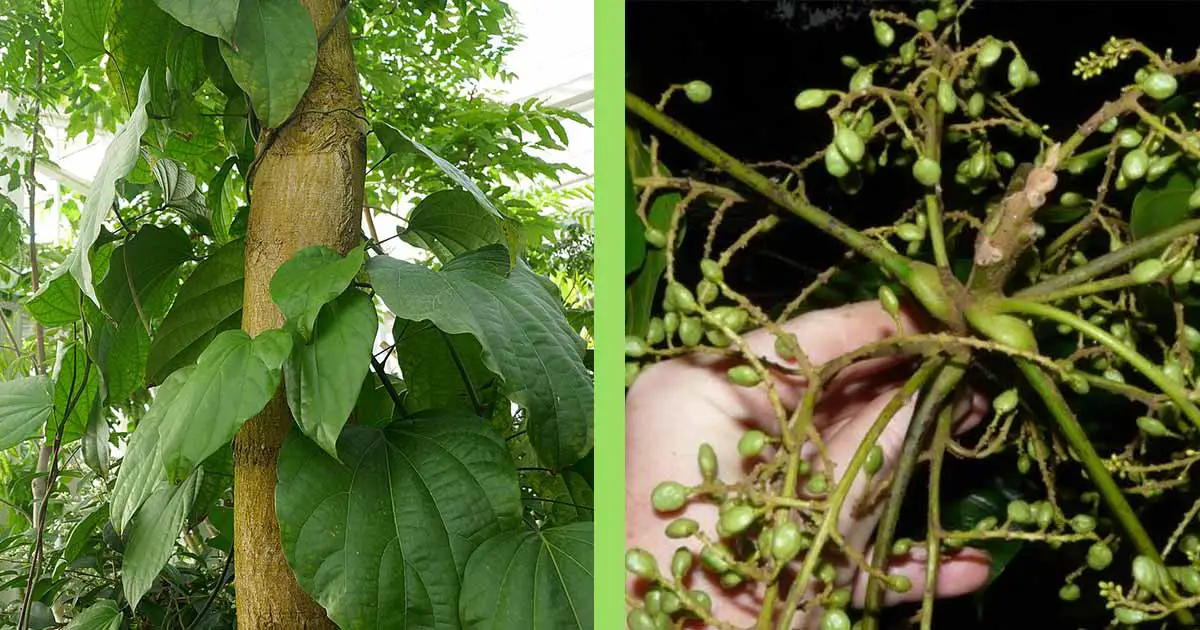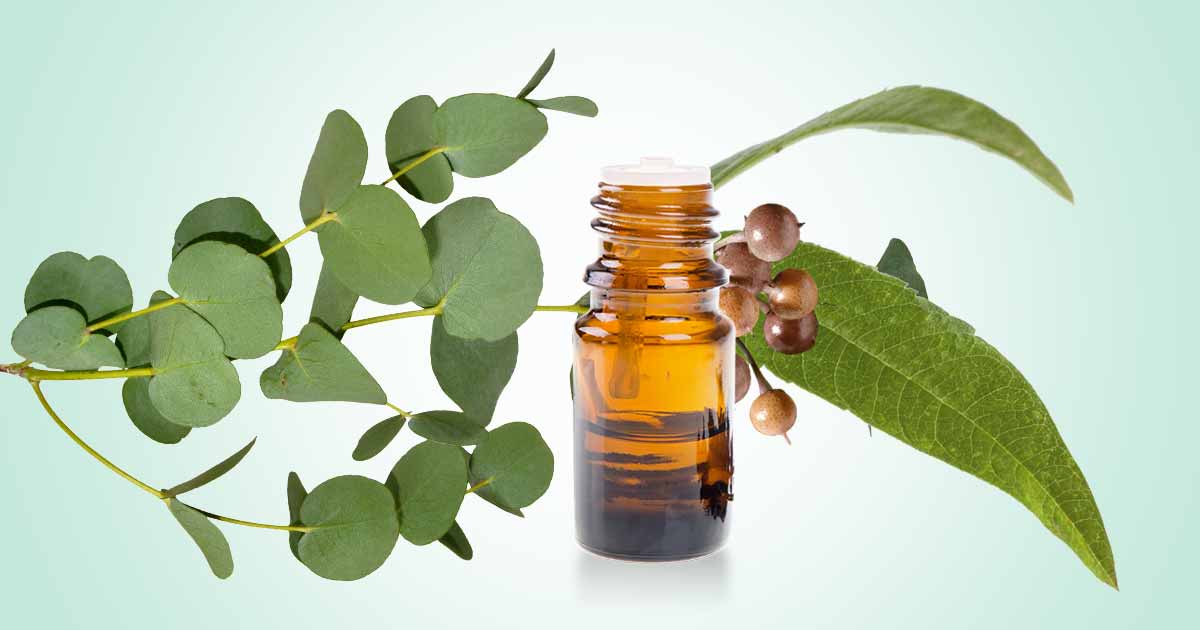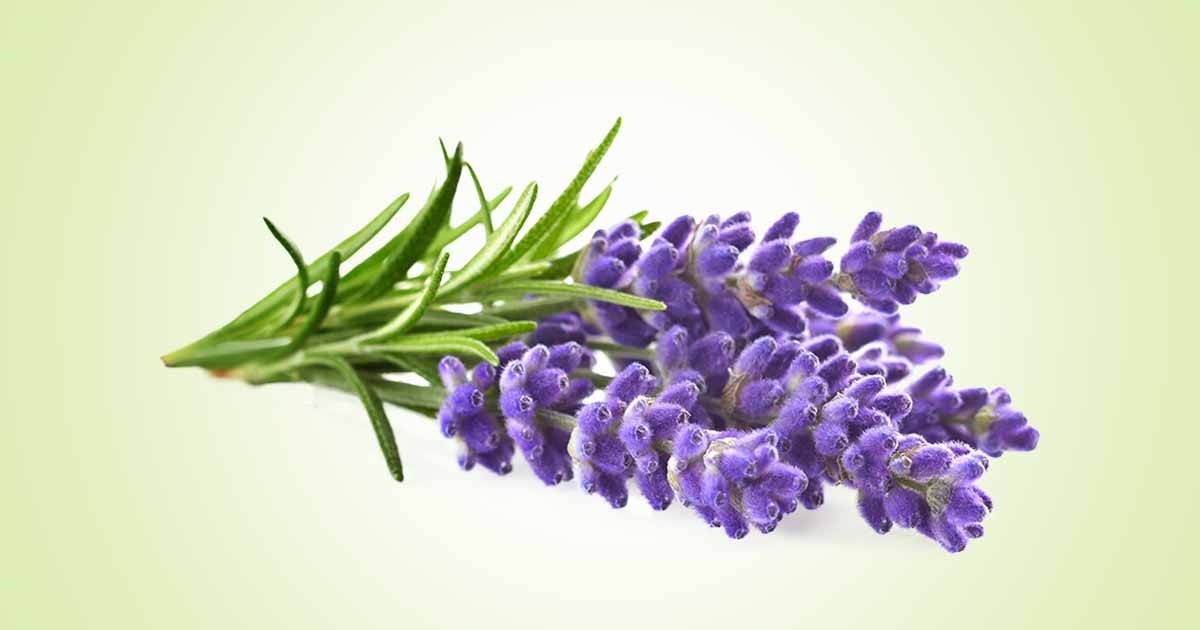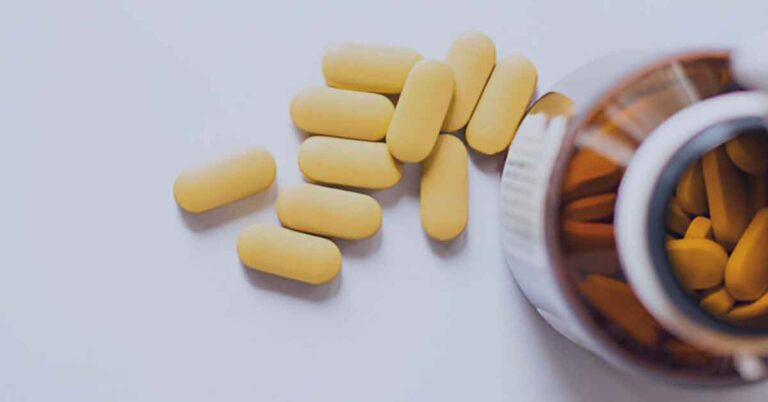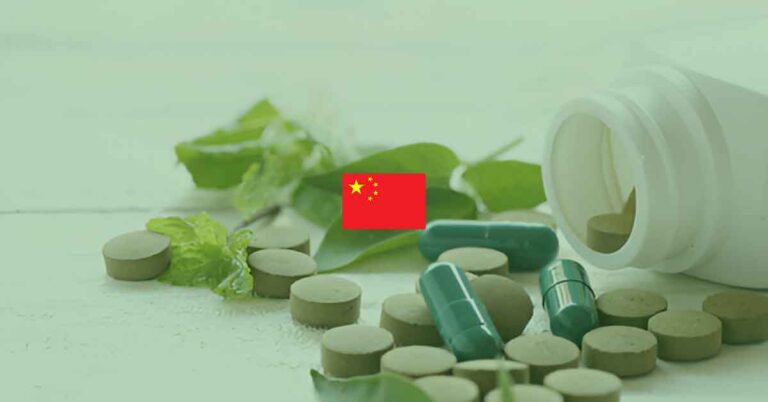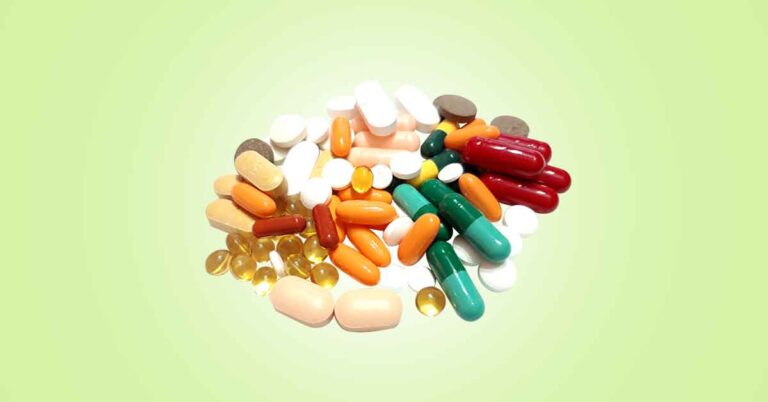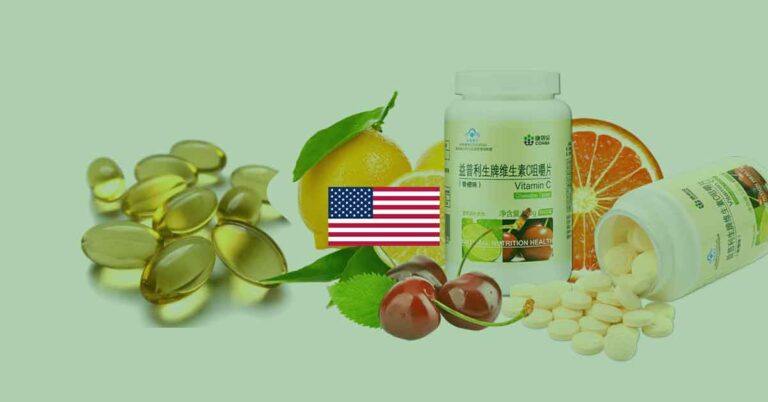Lannea welwitschii (synonyms: Calesiam welwitschii Hiern, Lannea acidissima A. Chew., Lannea amaniensis Engl. & K. Krause) is a deciduous and evergreen plant from the family, Anacardiaceae. It is common in tropical African countries such as Tanzania, Ethiopia, Uganda, Angola, DR Congo, Gabon, Ivory Coast, Ethiopia, Cameroon.
The plant is fast-growing, and has a large, spreading crown. It can grow up to 100 ft (30.48 m). The bole is straight, cylindrical, with small buttresses, and sometimes about half of its height is free of branches.
The fruit is like a tick, black, flattened, and is about 6-7 mm long. Raw fruit has resin, acid flavor, is viscous and smells like turpentine. Flowers are yellowish-green.
It has colorless gummy sap, which may be resinous, and are obtained from the bark and wood. The bark also has fiber, and yields an orange-yellow to reddish brown dye.
The heartwood, which is demarcated from the sapwood, is creamy white to pale brown or pinkish grey.
READ ALSO: Symphonia globulifera (Boarwood) – Interesting Health Benefits, and Applications
Lannea welwitschii has medicinal and nutritional value. It can also be grown as a hedge, as a street tree, to provide shade in plantation, and a pioneer species in woodland restoration. The fiber in the bark is used to make ropes, sandals, while the dye is also used in cloth dyeing.
The bark of Lannea welwitschii is widely utilized in traditional medicine. The decoction is used as expectorant, emetic, to treat cough and pulmonary congestion, skin-infections, ulcers, menstrual troubles, dysentery, diarrhea, pain after childbirth, haemorrhoids, urethral discharge, mouth-wash for gingivitis and mouth-infections, and antidote to poisoning (snakebite).
The pulped-up bark is a wet dressing for leg edema. The seeds are used as purgative, while the leaves are pounded and used as dressing in edema, or in palm wine for epilepsy.
Composition
Root extract contains saponins, tannins, steroids, terpenoids, coumarins, flavonoids (flavones, leucoanthocyanin), sapogenetic glycosides, carbohydrates, but lacks alkaloids.
Cytotoxic compounds such as lanneaquinol, and 2′(R)-hydroxylanneaquinol were discovered.
Health Benefits of Lannea welwitschii
Lannea welwitschii has antimicrobial, anti-inflammatory, analgesic, antioxidant, antidiabetic, cytotoxic effect, antiallergic, and antidiarrhoeal properties.
Antibacterial activity:
The aqueous and ethanol stem bark extract of Lannea welwitschii has antibacterial activity against Staphylococcus aureus, Enterococcus faecalis, Salmonella typhimurium, Klebsiella pneumoniae, Proteus mirabilis, and Streptococcus sp. in lab studies by Deji-Agboola and Olajubu.
The highest inhibition was against strains of S. aureus.
Anticancer property:
Lanneaquinol and 2’(R)-hydroxylanneaquinol, two alkylated hydroquinones, have been isolated from the fruits, leaves, stems, and twigs of the Lannea welwitschii. These compounds exhibit cytotoxicity against 60 human tumor cell lines.
Anti-diabetic activity:
ADD-199 is made from Maytenus senegalensis, Annona senegalensis, Kigelia africana and Lannea welwitschii, and is believed to manage diabetes.
Okine et al. investigated ADD-199 using the streptozotocin (STZ)-induced diabetic model, and found it to increased insulin levels, aand glucose uptake in diabetic mice. It also reduced plasma lipids, but increased hepatic glycogen, triacylglycerol and cholesterol levels.
Anti-diarrheal effect:
Extract of the plant produced a dose-dependent reduction in normal intestinal transit in laboratory mice. Also, pretreatment with the extract also reduced the onset of copious diarrhoea, and the frequency of purging in the castor oil-induced diarrhoea model.
Anti-inflammatory activity:
In a study by Obiri et al., with stem bark extract of L. welwitschii in mice using the carrageenan-induced paw oedema model to test for anti-inflammatory activity. There is decreased mean paw swelling.
Wound healing effect:
Lannea welwitschii contains flavonoids, saponins, tannins, and anthraquinones.
Leaf extract of L. welwitschii reduced wound size, improved wound closure, and increased tensile strength of wounds. There is improved angiogenesis, collagenation, and re-epithelialization.
Analgesic action:
L. welwitschii contains flavonoids, compounds that target prostaglandins by inhibiting eicosanoid biosynthesis. The plant has been used in ethnomedicine for pain management.
Anti-allergy effect:
Obiri et al. investigated the anti-allergic effect of L. welwitschii, using lab mice. L. welwitschii inhibits the initial phase of immediate type allergic reactions, possibly through the interference with the degranulation mechanism.
It also caused a dose-dependent protection against LPS-induced endotoxic shock, and inhibited clonidine-induced catalepsy in mice.
Side Effects of Lannea welwitschii
The sawdust of Lannea welwitschii may cause allergic reactions to the skin and mucous membrane
References:
- https://tropical.theferns.info/viewtropical.php?id=Lannea+welwitschii
- https://plants.jstor.org/compilation/lannea.welwitschii
- https://uses.plantnet-project.org/en/Lannea_welwitschii_(PROTA)
- https://www.researchgate.net/figure/Medicinal-uses-of-Lannea-welwitschii_tbl1_312590164

